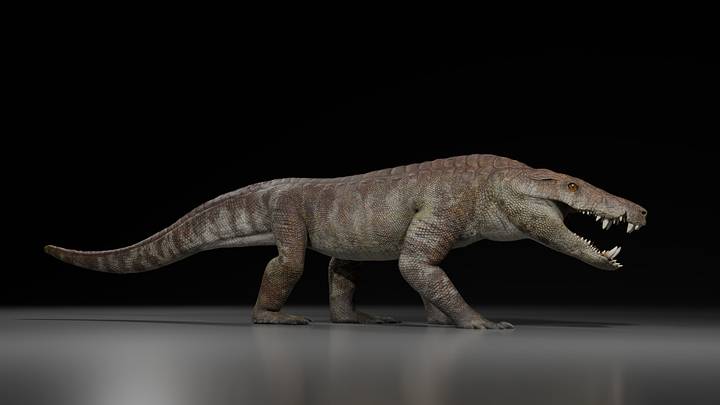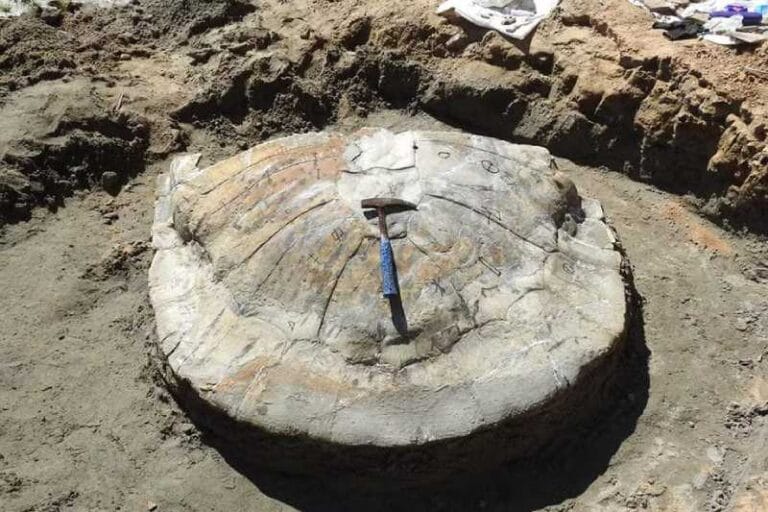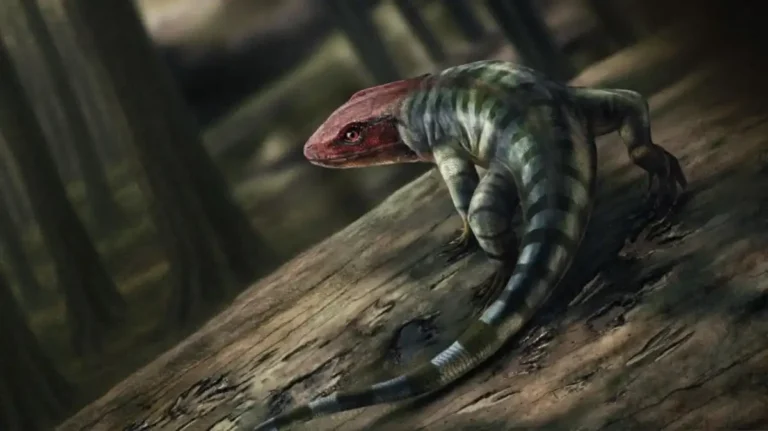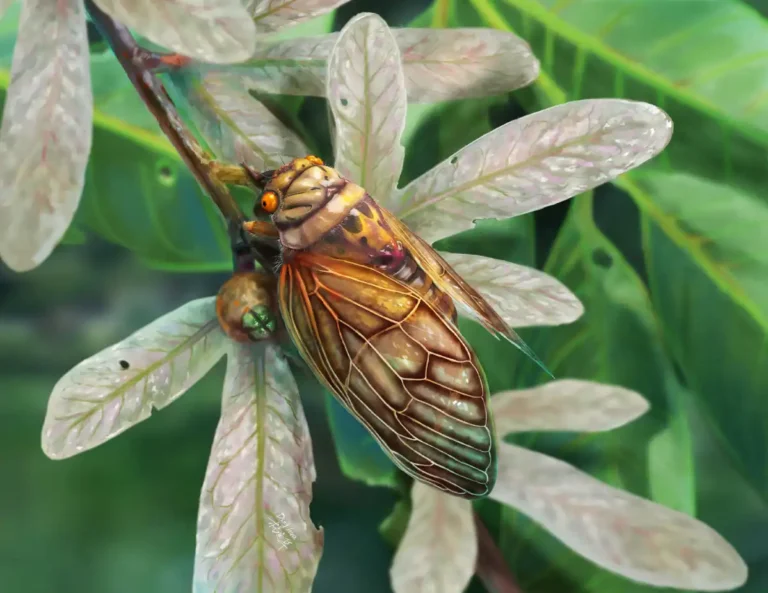The smallest dinosaur egg ever found
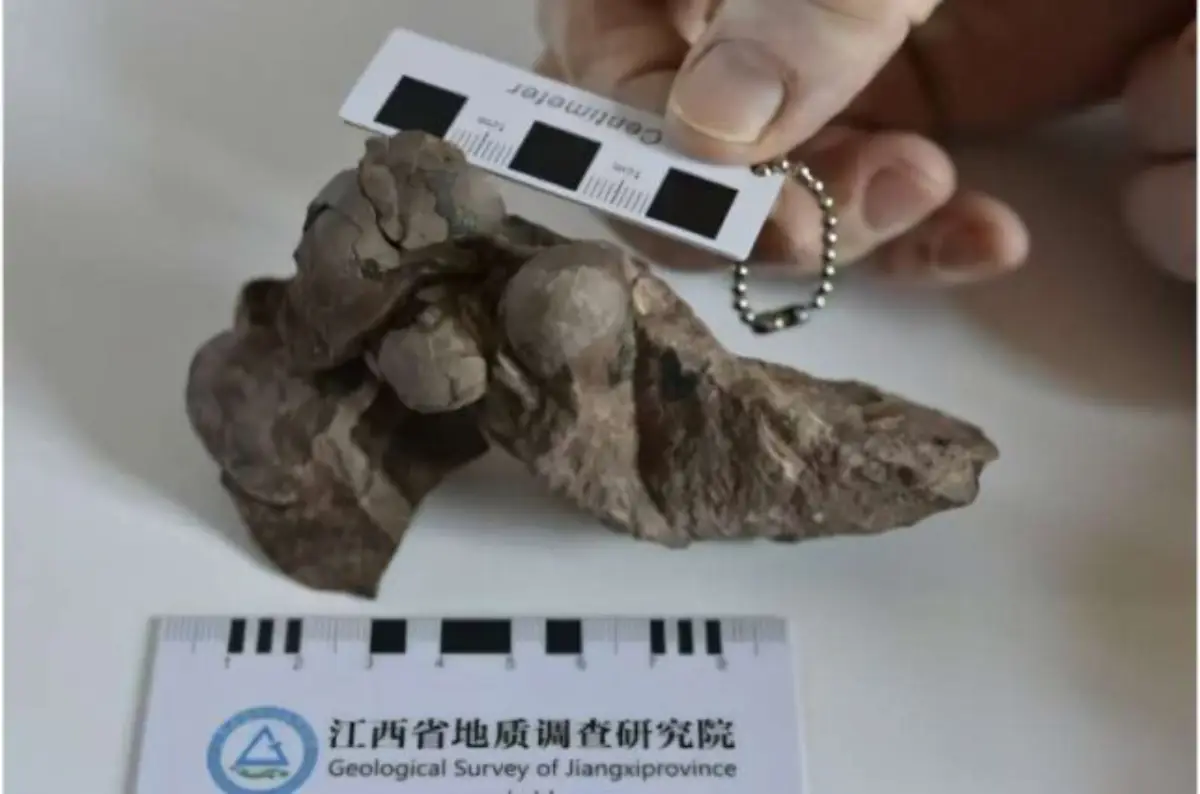
A meticulous, three-year investigation has substantiated that the “Ganzhou Mini Egg” is the smallest known dinosaur egg.
With a length of only 30 millimeters (approximately 1.18 inches), this specimen is considerably smaller than the previous record holder, the 45.5-millimeter-long Jinguo Micro Ellipsoid Egg.
This remarkable discovery was made within a clutch of six eggs that were almost completely intact. These eggs were found in 2021 at a construction site near Ganzhou City in China. To examine the eggs’ contents, researchers used electron microscopy and electron backscatter diffraction. This allowed them to study the approximately 80 million-year-old eggs without causing any harm.
Utilizing a meticulous examination of minute details, geoscientist Rui Wu from the China University of Geosciences and colleagues were able to discern that the subject in question was not a direct avian descendant, but rather a non-avian theropod dinosaur.
This included details of the eggs’ microstructures as well as what are likely limb bones within, which enabled Wu and his colleagues to place the newly identified species, Minioolithus ganzhouensis, in its family tree.
“Minioolithus ganzhouensis is the smallest known dinosaur egg clutch till now and is significant for understanding the diversity of theropods in the Late Cretaceous,” the researchers write in their paper.
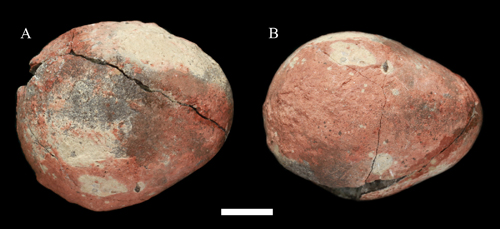
Although the eggs are morphologically similar to avian eggs, all known avian eggs from the Cretaceous period to the present have three shell layers. The Ganzhou mini eggshell exhibits a structure comprising two layers, a feature shared with other non-avian dinosaurs.
The thinness of the shell, the type of pore system, and the subtle worm-segment-like pattern on the eggs indicate that M. ganzhouensis is related to the Ovaloolithus group.
However, the shell’s abundance of minute fluid sacs distinguishes the Ganzhou Mini Eggs from other known ovaloolithus eggs, indicating that the recently analyzed clutch belongs to a different species within the group.
It is hypothesized that Ovaloolithus eggs may belong to herbivorous triceratops ancestors, based on the limb anatomy observed in other finds. These protoceratopsids exhibited the distinctive cranial frill characteristic of triceratops, yet were relatively diminutive dinosaurs, measuring only 1-2.5 meters in length from snout to tail.

The remains of this species have only been discovered in Asia.
Wu and colleagues intend to conduct a further analysis of the discovery site in order to gain further insight into the circumstances surrounding the deposition of the eggs and the nesting behaviour of these dinosaurs.
This research was published in Historical Biology.

